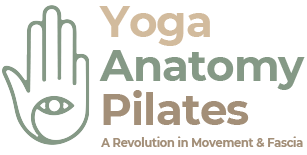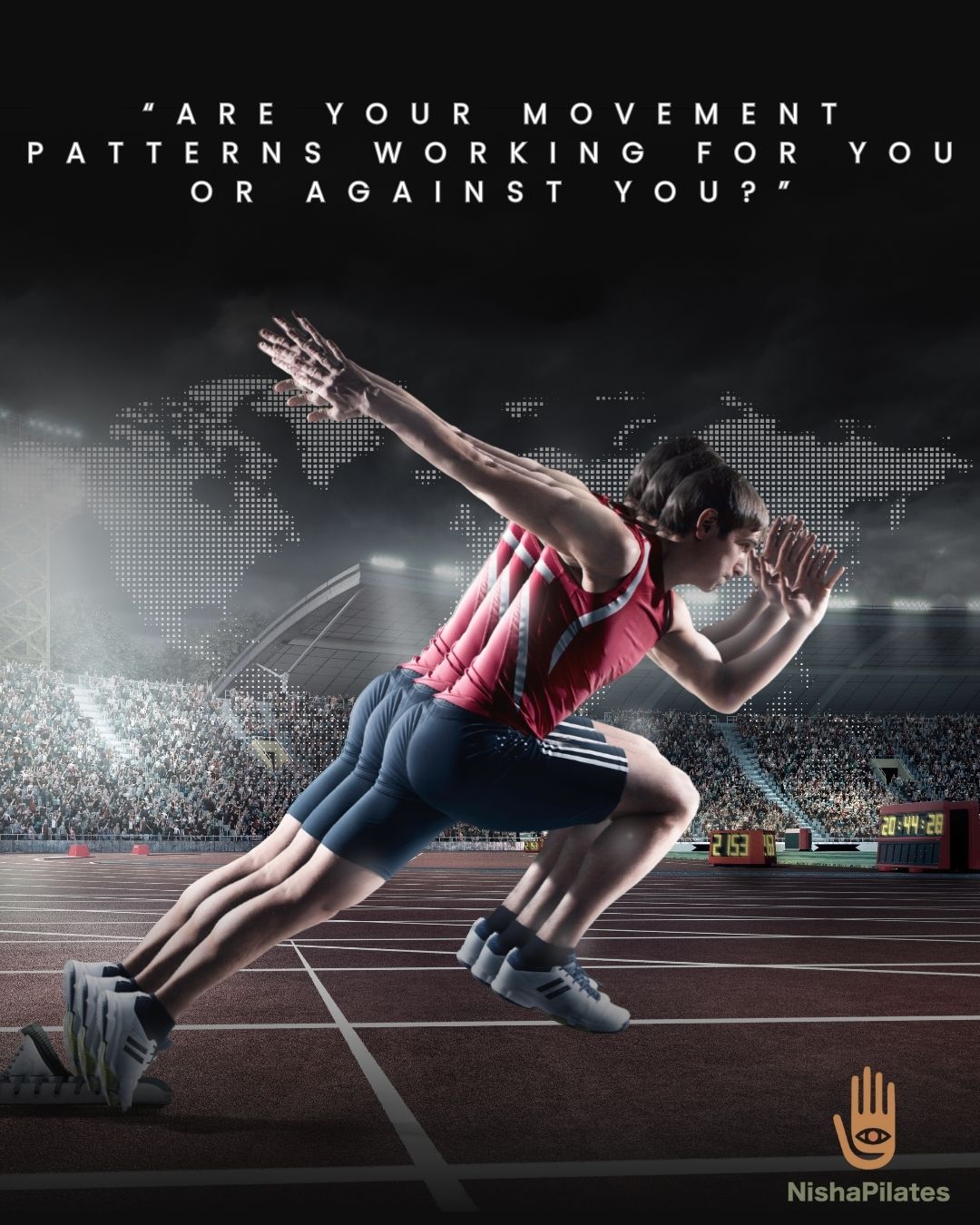Did you know? It takes 300-500 repetitions to learn a new movement pattern, but a whopping 3,000-5,000 reps to break a bad habit!
The way you move every day matters—small, repetitive compensations can lead to pain, stiffness, and inefficient movement.
Imagine you’ve had a knee injury, the leg may be immobilised for a period of time, you may even be on crutches, the problem heals and you finish your physiotherapy sessions. You may be still limping or not be back to full function?
Faulty movement patterns occur form a number of different reasons including: repetitive stress from improper mechanics, compensations due to past injuries or muscle imbalances or lack of awareness of faulty movement patterns.
Now you client may now think;
1. It’s my imagination and I’m just not thinking the right thoughts and feel frustrated.
2. I’m doing this to myself—punishing myself for getting injured, or malingering to avoid my responsibilities, or to get sympathy.
3. Something is seriously wrong and they’re not telling me and no one is fixing me. I am spending all this time and money
“But if I’m not limping because I want to or need to, why am I limping? It’s all in my head, isn’t it? I keep repeating the story and tell everyone new that I meet” The clients habit of limping is a movement pattern. These patterns are stored in the central nervous system, so the problem really is in his/her head (and spine). But it’s not about imagining things. By having pain or even fearing pain we construct adaptive patterns so that when we move, it hurts less.
In this way, we teach the nervous system a different way of moving (e.g., limping), which the CNS remembers even when the reason for limping is gone. The CNS is goal oriented. It is designed to answer a need: the mover’s intention. Whenever we want to do something, the CNS is there for us directing our muscles and joints. However, if there is a barrier, such as pain or dysfunction, the CNS fulfils our intention by choosing alternative muscle use. Unfortunately, the pattern is not necessarily efficient, normal or pain-free, but it keeps us on our feet.
The client may have limped, but they got around, all because of this goal-oriented aspect of the CNS. To improve the limp the client is required to work on changing his/her motor programme to change the motor pattern so he/she would require walking re-education. I also have experience of clients having back operations but still being in pain post operation. The clients is re-inacting old movement patterns without knowing it.
Until we make the subconscious conscious, the problem will persist. Consistency is everything and to truly see results in any subject including martial arts, pilates, running or learning a language you have to show up. There are a total of 168 hours in a week, so one hour on your chosen subject is not alot. I always say it’s not what you do in the lesson that shows results, its your habits, behaviour and belief systems outside that make a difference.
The same could be said for the spine, if a client has pain he/she will move away from that pain and/or move towards the area of strength. In the same way a breathing motor pattern problem could cause poor posture, the client could have an inverted breathing pattern (1/3rs diaphragmatic breath 2/3rd accessory muscles) Chek (1998). This would mean that they are using more of their accessory muscles such as the scalene and the sternocleidomastoid, which could cause forward head posture and therefore further injury. A faulty breathing pattern not only contributes to so many injuries in the body. This is often missed by many manual and medical professionals.
Looking at an integrated program that address’s breathing, nutrition, hydration, sleep, thinking and movement is the only way. Remember movement alone will not solve the problem. When we change our perception on the inside, the outside world changes as well.
Motor Learning
The nervous system is the driving force behind the muscular system. An inefficient nervous system will render well developed muscles useless. Corrective exercise improves the communication between these two important systems. This is why I personally always start any sort of training with clients with mobilizations. If we suddenly start to train with deficits, the body re-incurs those faulty firing patterns. Stress also loads the nervous system, hence some people always appear anxious and susceptible to every pain, mentally, emotionally, physically or spiritually in life. But this can be changed, if the client is prepared to do the work with a great coach.
As the saying goes, there is no such thing as a bad exercise, but is such thing as a badly prescribed exercise.
The good news? You CAN retrain your body—but it takes intentional practice and consistency to reinforce proper mechanics. Re-learning the right way takes time, but it’s worth it for pain-free movement and better performance! Golfer Tiger woods had his swing broken down and rebuilt, the repatterning is very common in elite athletes.
Studies on motor learning and neuroplasticity support this concept:
– Research in Motor Control and Learning (Schmidt & Lee) highlights how repetitive practice forms new neural pathways for movement efficiency.
– Fitts & Posner’s Stages of Motor Learning suggest it takes thousands of reps to override faulty movement habits.
– Studies on habit formation & neuroplasticity (e.g., Karni et al., 1998; Dayan & Cohen, 2011) show that breaking old motor patterns requires significantly more repetition than learning a new one.
We all want to feel better and move better. But if when we move with poor technique, the faulty engram pattern becomes engrained. This brings up the question to whether we should train to exhaustion and whether we should be exercised when physically fatigued.
Movements which are most demanding in skill, power, technique should always be put at the beginning of a training sequence or early on, before fatigue interferes with motor learning or speed of muscle contraction.
“The body does not have the capacity to learn movement patterns when highly stressed/fatigued. This factor is not related to the specificity of training principle associated with overload adaptation in energy systems. The specificity principle of physiological adaptation does not apply to motor learning. To learn skilled movement patterns that are to be executed under fatigued conditions, that learning has to occur in non-fatigued states” — Williams 1979
It’s important to repeat good quality movements or your technique will erode, and you’ll perform sloppy movements automatically. Bad habits are very difficult to re-programme. It’s far easier to learn correctly from scratch rather than attempt to alter an undesirable automatic habit. In fact, in the book Motor Learning (1991) Dr Schmidt states that it takes approximately 300-500 repetitions to develop a new motor pattern. Conversely, once bad habits are in place, he states that it’ll take about 3000-5000 repetitions to re-write and correct a bad motor pattern. So concentrate on getting it right and keeping it right and you’ll progress 10-times faster. This is why I am so specific on details in class.
Motor Programming is now advocated as an exercise rehabilitation tool by many of the leading experts in the field of personal training and rehabilitation (Chek, 1999; Sahrmann, 2002; Richardson, Hodges & Hides, 2005; McGill, 2006; Lee, 2007). The premises is that if the client has a faulty motor pattern which has been caused by repeated activity, pain, tight musculature or weakness then this can predispose them to further injury or result in poor recovery. All human movement is patterned and organized. It has predictable, repeatable elements such as those we see in gait (Woodruff,2005), unless something changes that pattern. This article aims to outline the process of how to correct faulty motor patterns and educate both clients and traners of an integrated approach to health and well-being.
Bibliography
Paul Chek






